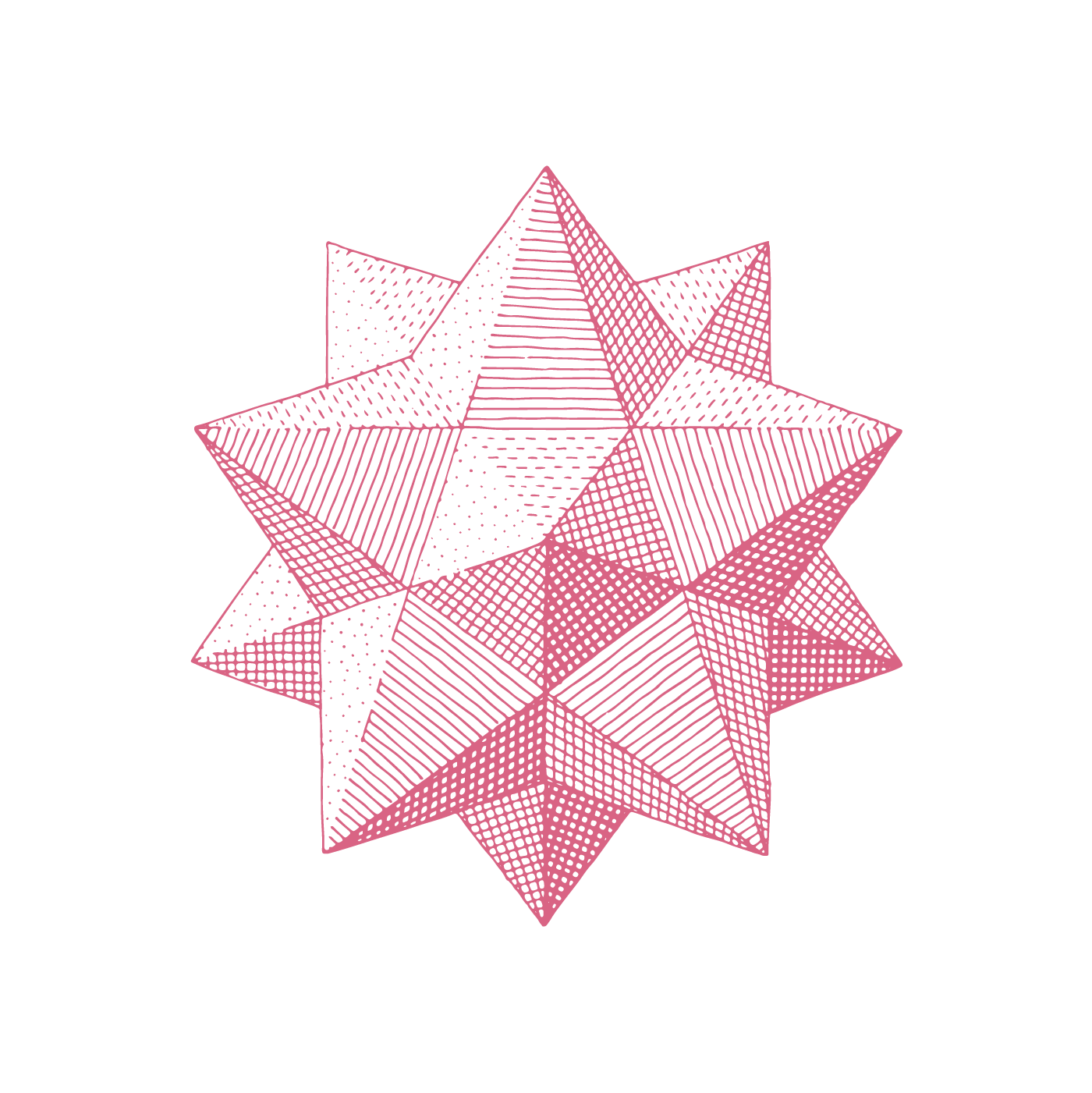The 5th Marquess of Bute, St. Kilda, and the Curious Cabinet of Bird Eggs
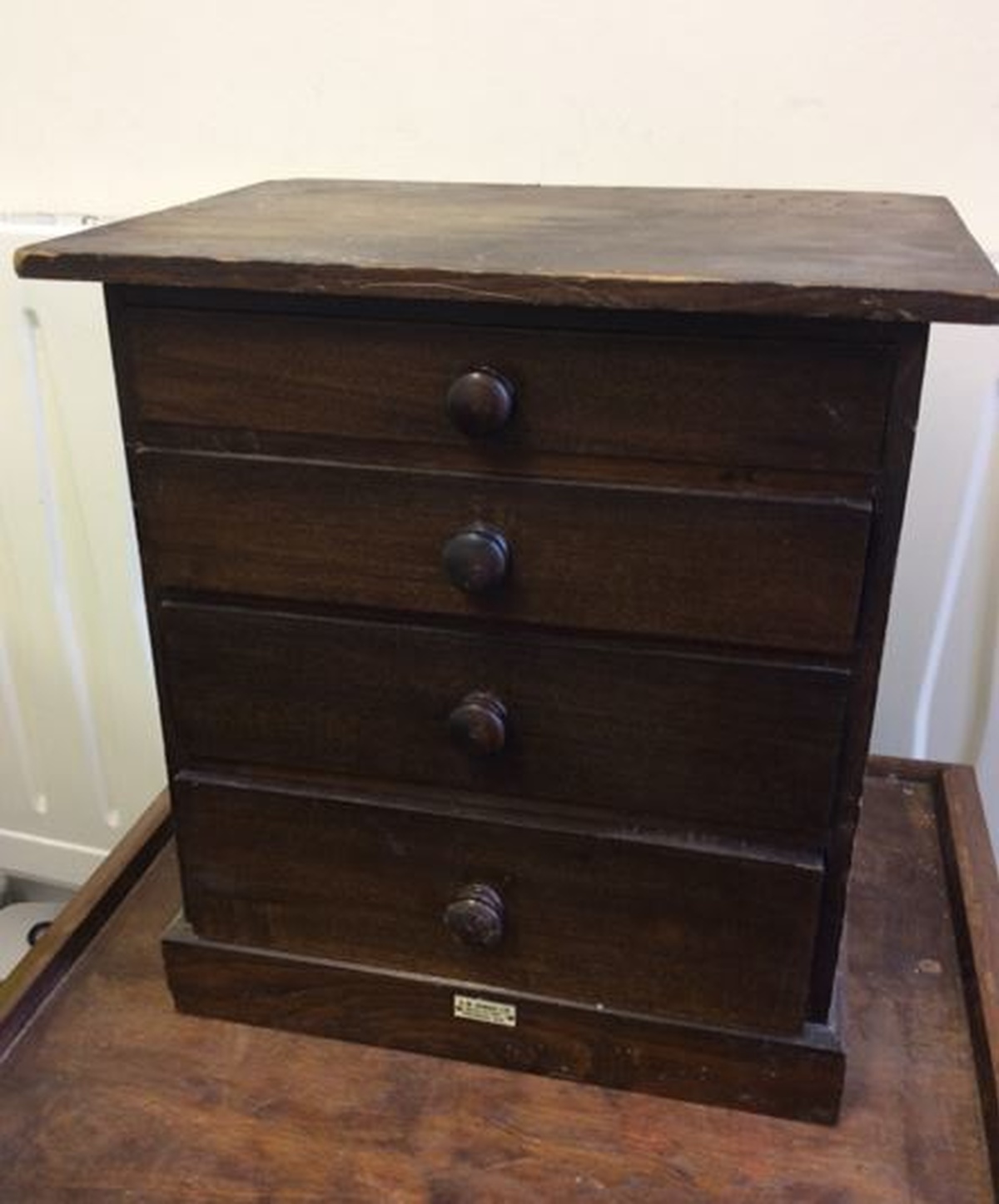
This month, we're investigating a humble-looking, wooden cabinet which connects us with the life and interests of the 5th Marquess of Bute (1907 – 1956).
An expert ornithologist the 5th Marquess was a keen observer of birdlife at home and abroad leading to his purchase of the island of St Kilda in 1931 to establish a bird sanctuary. The fascinating contents of the cabinet feel particularly seasonal at this time of year and our thanks goes to Zander Paterson, 5th Year Student at Rothesay Academy and Fay Davidson, ASN Assistant for joining us on the research journey.
Approximately 30cm tall and with four drawers of varying depths, the plaque on the front provides some indication of what the cabinet might have been used for:
A. W. Gamage Ltd. Naturalist Dept, Holborn. It is a commercially available specimen cabinet from Gamage’s department store, London, a shop at one time famous for its range of goods, mail order catalogue and fabulous Christmas displays, a shop, in fact, not unlike a combination of Hamley’s, Harrod’s and Selfridge’s.
The four drawers contain birds’ eggs of differing sizes: the largest eggs at the bottom and tiny ones in bespoke compartments at the top. Some of the contents are rather discoloured; some are cracked and held together with tape, while others appear perfect, brightly coloured and nestled in sand.
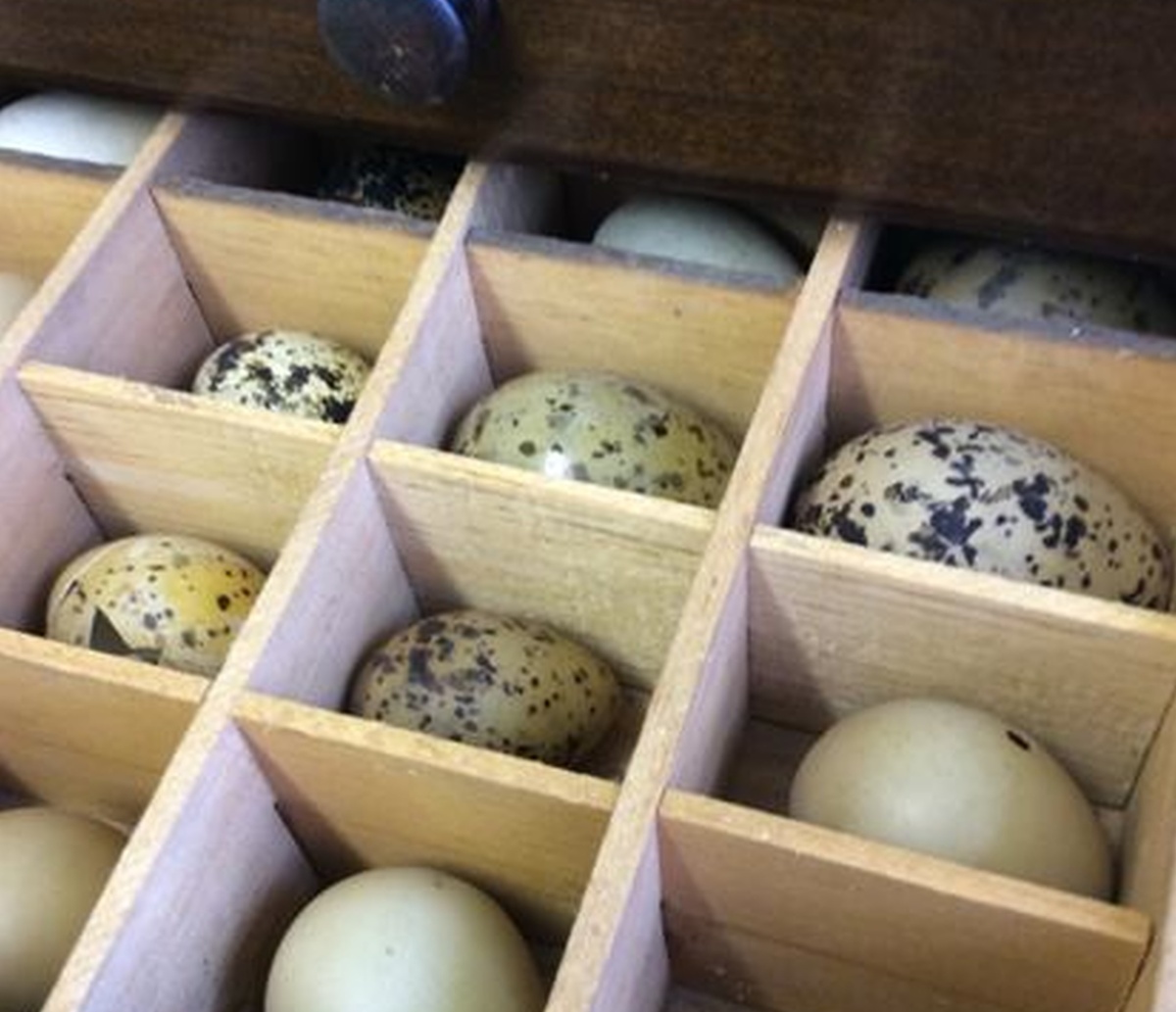
Of course collecting birds’ eggs from the wild has been illegal in the UK since 1954 and selling even historic collections has been against the law since 1981 because of the continuing threat to wildlife from illegal collectors.
While collecting birds eggs was regarded by many in the Victorian era as a harmless hobby, others more concerned with protecting bird species, were already voicing concerns. The example of the St. Kilda wren is salutary. Identified as a distinct species in 1884 by ornithologist and author Henry Seebohm, by 1888 the bird was almost extinct due to the demand for its eggs. Subsequently The Wild Birds Protection (St Kilda) Act, 1904 was brought into force and the St. Kilda wren population survived.
Even today, The National Wildlife Crime Unit reports cases of egg thefts from nests, attempts to smuggle eggs from exotic species into the UK and lists protection of raptor eggs as one of its priority areas.
A pressing question for Mount Stuart was simply when were these eggs collected and by whom? Fortunately, the collector was a very organised enthusiast and kept detailed records on small index cards. The cards reveal that were two collectors John and David Crichton Stuart and that the collection dates from the 1920s. John was then the Earl of Dumfries and would eventual become the 5th Marquess of Bute. David was his brother. At the time of collecting the brothers would have been in their late teens and early twenties.
The group photograph below (from the National Portrait Gallery, London) includes John, Earl of Dumfries, aged twenty two at the Aboyne Highland Games in 1929. He is third from the right and his sister Jean is the first on the right.
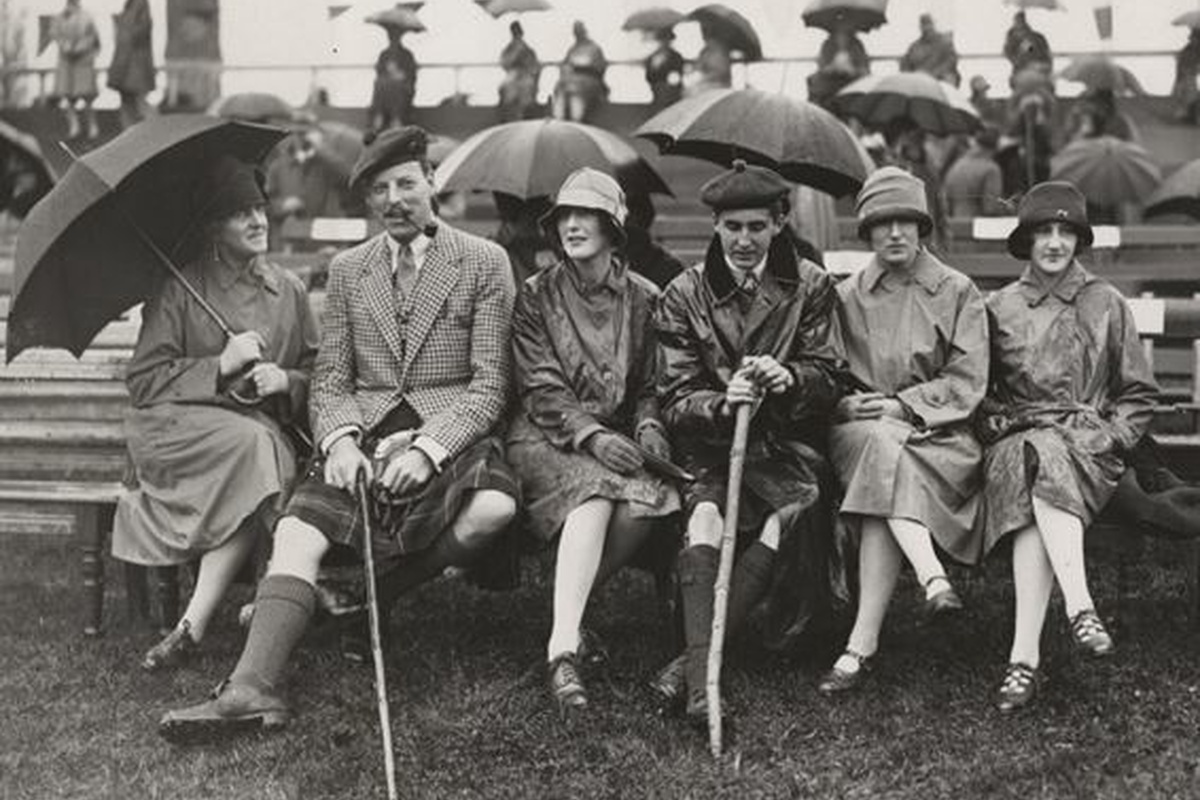
Lady Gwendolen Emily Mary Forbes-Sempill (née Prodgers); Mr Forbes-Leith; Daisy Burrell; John Crichton-Stuart, 5th Marquess of Bute; Hon. Margaret Forbes-Sempill; Jean Crichton-Stuart for ACME Newspictures, Inc. bromide press print, 1929 NPG x194391. © National Portrait Gallery, London.
A keen interest in ornithology is one of the few personal details known about the 5th Marquess. Evidence suggests that this was a serious and lifelong interest, in addition to the egg collection cards dated 1928 and 1929, references to other ornithological activities occur from various sources.
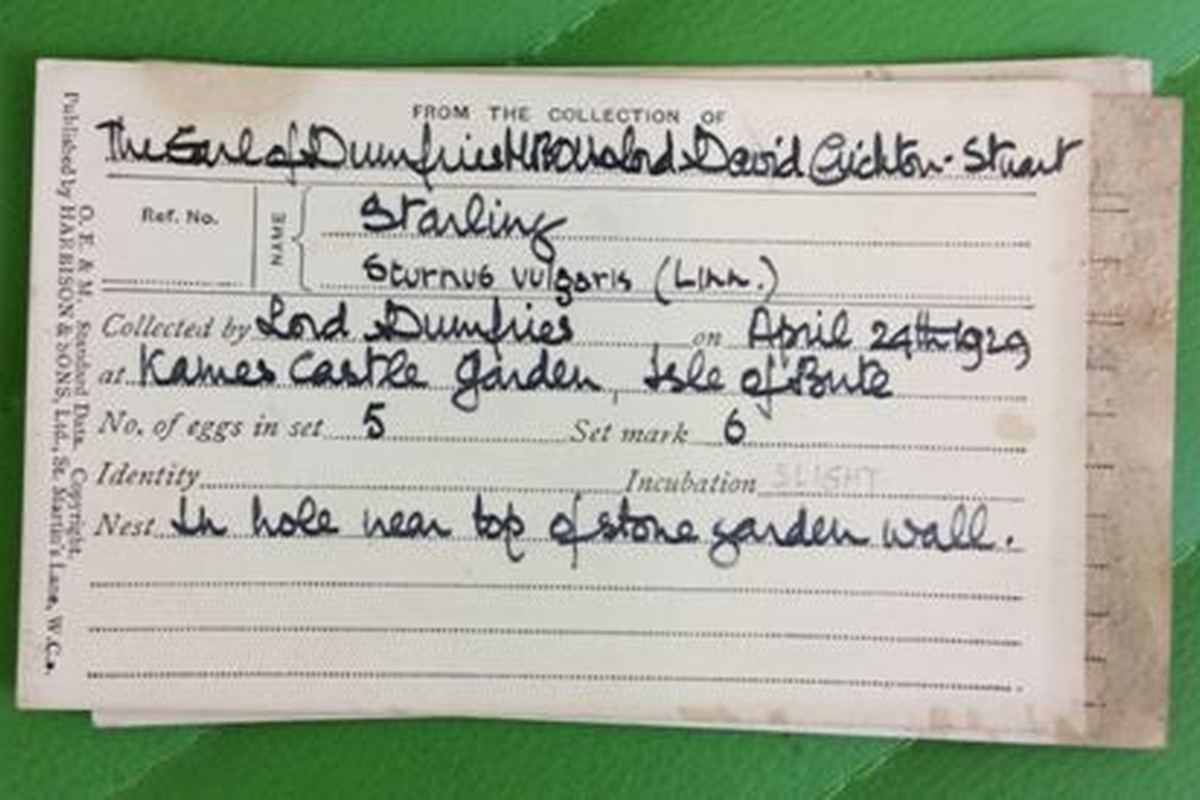
There is a record that in 1935, the then Earl, accompanied the famous Welsh naturalist and photographer Harry Morrey Salmon on a trip to Ailsa Craig. The purpose of the excursion had been to carry out a census of the resident gannet population using innovative photographic techniques. Despite spending two nights on the iconic volcanic plug in the Firth of Clyde, the weather was reported to be so bad, that no data could be collected.
The Mount Stuart archive also includes notebooks as well as handwritten and typed lists of birds spotted in 1935 and 1949. The latter list is a summary of what the Marquis spotted on various days throughout February. Given that the list includes cuckoos, storks and hoopoe, it is no surprise that these birds were not spotted on Bute, but at Guadacorte in Andalusia, Spain, where the family had property at the time.
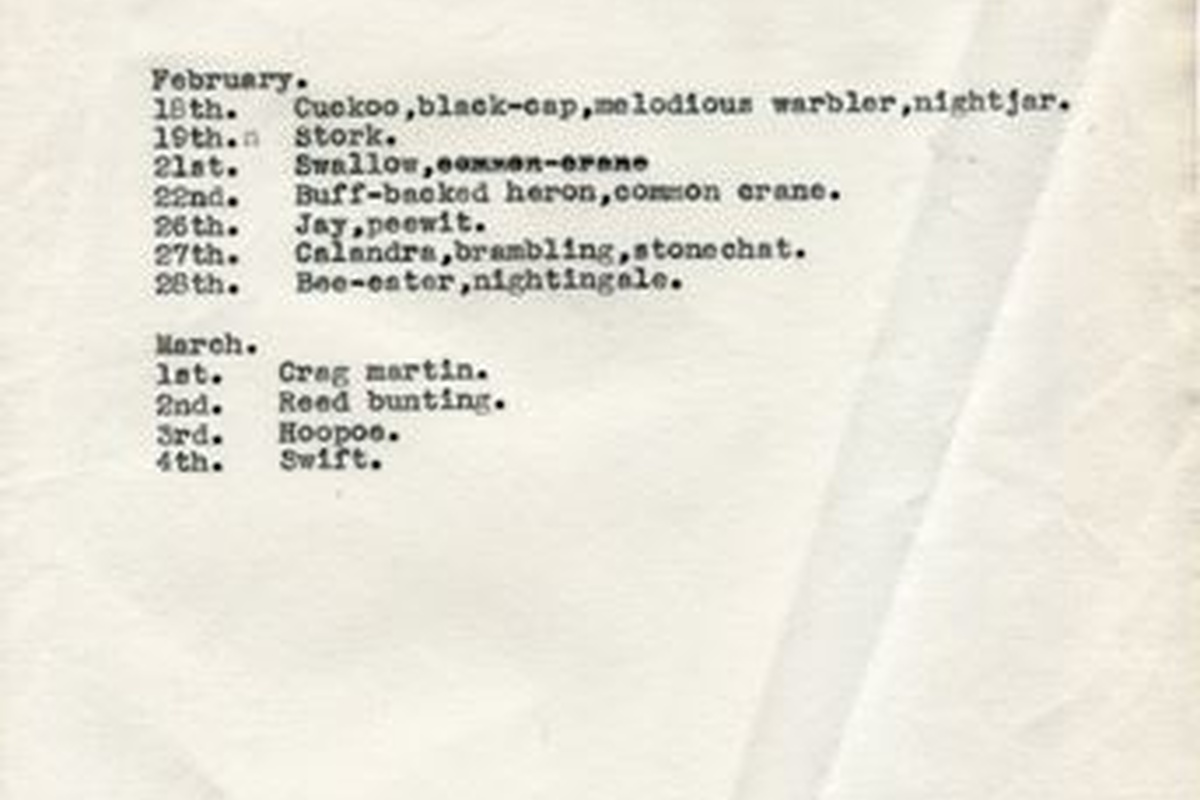
More interesting still is a detailed account of a visit to St. Kilda in 1934, which appears in a hand-written travel journal. St. Kilda is a group of five islands in the North Atlantic, 100 miles off the west coast of the Scottish mainland and 40 miles west of the Outer Hebrides. This remarkably beautiful archipelago was inhabited until the 1930s. Records suggest that at one point the islands had supported as many as 180 people, but gradually over centuries the numbers declined with emigration, illness and war all making an impact. Crofting, sheep-rearing, spinning, weaving, egg collecting and fishing all historically sustained the community. This egg collecting was done for dietary rather than zoological reasons, as a record from 1764 indicates that at that time birds were a major food source with each islander eating 36 eggs per day. Gathering eggs and snaring birds for food and oil was no easy task, involving descending cliffs while attached by rope from above or climbing upwards from a rowing boat on the water. The earliest film made of the technique was produced in 1908 and can be viewed here:
Almost inevitably, the romantic idea of a group of islands thrusting out of the Atlantic and populated by hardy individuals and remarkable wildlife came to the attention of nineteenth century adventurers, writers and finally tourists; with an early steamship visiting the islands in 1834. By 1877, weather permitting, 40 people per day could visit the island for a few hours, meeting the people, seeing their way of life and purchasing eggs or knitting.
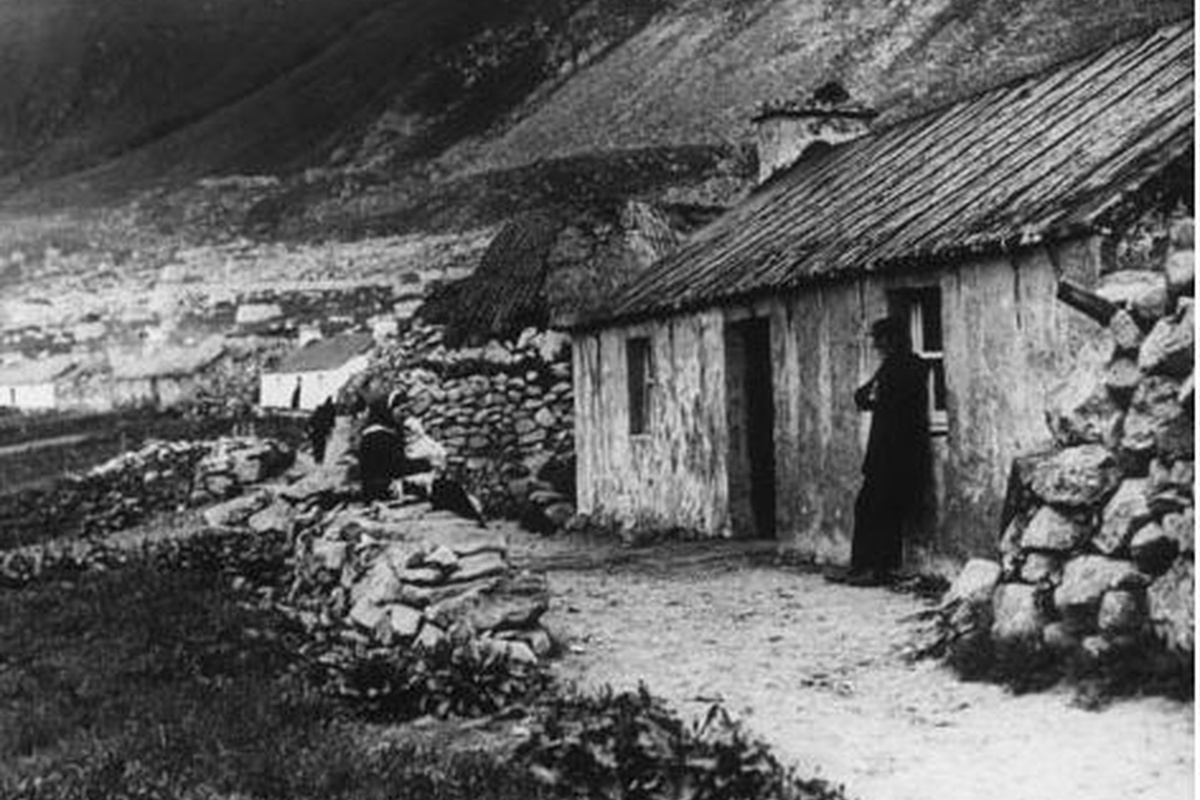
Two facets of the way of life became famous and may have added to the mystique and growing interest; the St. Kilda mail boat and the St.Kilda parliament.
The mail boat initially sounds like a rather fanciful way of communicating with the external world. These objects were carved wooden boat shapes, with compartments containing tins for letters and attached to floats made from inflated sheep bladders. An islander would simply place a letter into the compartment and cast the mail boat into the sea. Apparently the system was invented in 1876 by a group of mariners, who had become stranded on the islands. Certainly both local and visiting seamen would have knowledge of tides and weather systems, which would make the mail boats a more workable system of communication than it might first appear.
Knowledge of the St.Kilda parliament became wide-spread perhaps partially due to a photograph taken in the late 1880s by Aberdeen-based pioneer photographer George Washington Wilson. It depicts two rows of men facing each other on either side of the paved main street, their backs to house or garden walls. This was the daily meeting of the parliament, when the men of the Gaelic speaking community would assemble and discuss what was to be the programme of communal work for the day.
By 1927, the population had dropped to 36, including 13 children, and long-running questions about the viability of lifestyle arose again. Finally the community itself petitioned the government to be evacuated and re-settled. On 29th August the islanders left and arrived in Oban with their belongings and followed by their animals in a second boat. They found new homes primarily, but not exclusively, in the west of Scotland.
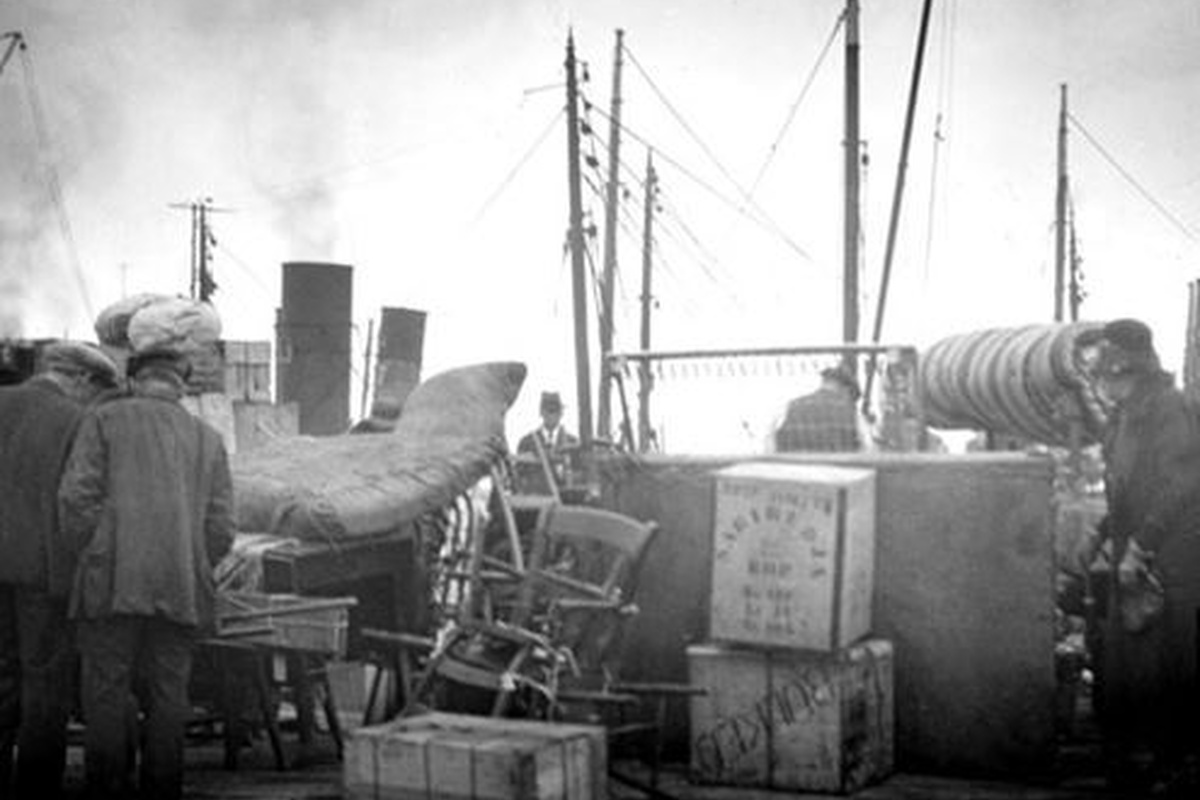
At the time of the evacuation the islands belonged to Sir Reginald MacLeod of MacLeod of Dunvegan, Isle of Skye, then in his early 80s. In 1931 he sold St. Kilda to the Earl of Dumfries, whose ambition was that it should become a bird sanctuary. His 1934 account of visiting the island captures the excitement and anticipation of an adventurous voyage, as well as details of all bird life observed. On arriving at St.Kilda he noted,
"I cannot attempt to describe the astounding and impressing beauty
of the scene......At one moment the whole magnificent sweep of the Bay,
Dún, Oiseval and the Village with its jetty, manse, ‘big house’ and cleets,
enclosures and so on could be plainly seen, then the mist would descend
in fantastic formation from the hills & sweep across from the sea leaving
sometimes more and at other times only part of the panorama visible."
Before concluding, “Had I been alone, I believe I could have wept, so impressed was I by what I saw.” One of the others in the party is named as Finlay Gilles, who had been a one-time St. Kilda resident, the Earl writes, “his joy at being home again was manifest”. The 1930 Valuation Roll of St. Kilda lists Finlay Gilles, as being the oldest inhabitant aged 72, who at the time of leaving, lived with his widowed daughter-in-law and two grandsons.
The Earl’s party stayed in the old manse, which they found to be comfortable. They also seem to have eaten well. The rest of the account describes walking or running in the hills, in and out of the mist, with both camera and rifle. Birding activities included; spotting the St. Kilda wren almost immediately on arrival, pulling puffins out of their burrows and “seeing and hearing a pair of Razorbills copulating, which social function they appeared to enjoy inordinately.”
The account stops rather abruptly. What is beyond doubt is that on his death in 1956, the Marquess bequeathed St Kilda to the National Trust for Scotland. Under their auspices, the islands became a designated National Nature Reserve and conservation of the built environment continues to be undertaken beside scientific research and protection of the significant seabird populations and unique sheep, mice and, of course, wren. Since 2005, St. Kilda is a UNESCO world heritage site on account of its natural heritage, marine environment and cultural landscape.
Object of the Month: April 2020
